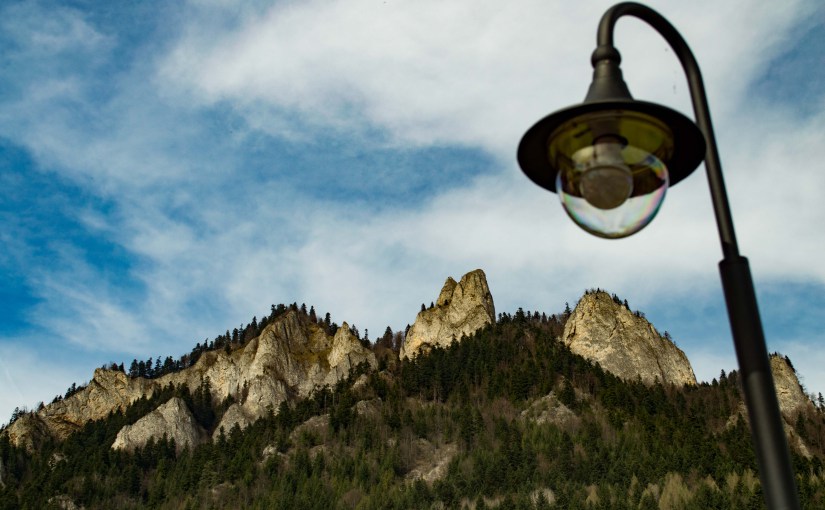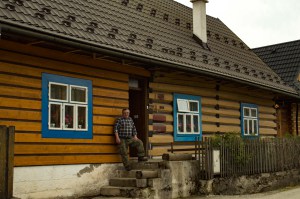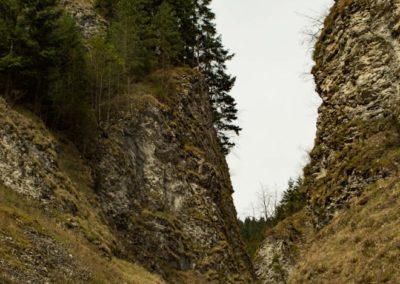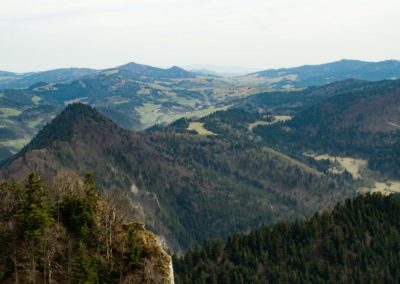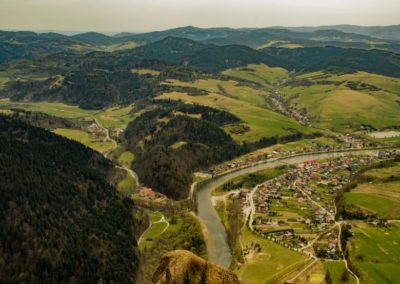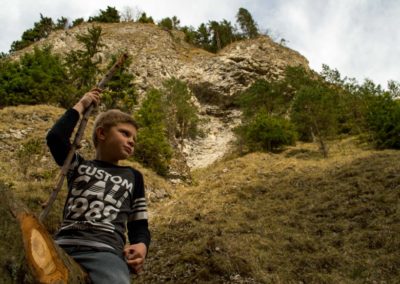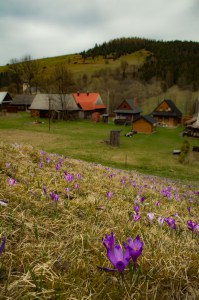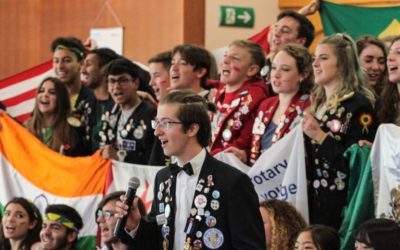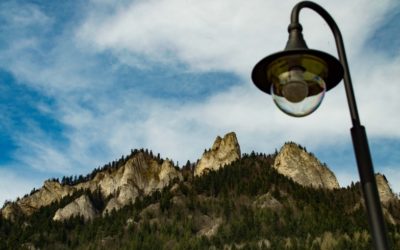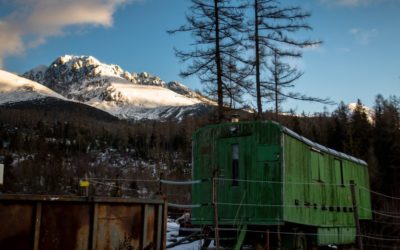My most recent trip with my host family took us to the border of Poland, however, not by the normal highway. We cut instead through the village of Ždiar, descending, on steep and twisting gravel roads, the northern side of the Tatras, opposite of where I live.
This country road led us to a particular village, which my host family explained is the longest in Slovakia. Osturňa stretches for four miles, but is rarely any wider than the houses lining the road. It goes on and one; modern houses, communist era houses and a number of old wooden dwellings all standing side-by-side. We stopped briefly in a quaint cottage.
To be honest, I never quite gathered of what relation the folk living there were to my family. They showed us into a courtyard full of animals and farm equipment. Sheep meandered in the barn to the back and a few caged rabbits paused their munching to stare at us. My host brother and I played with their dog and then I wandered off see what else lie on the property. Behind the house, the hill swept steeply up towards its crest where a grove of trees grew, below the purple flowers which are beautifully abundant this time of year carpeted the ascent.
The road through Osturňa doesn’t really end, though it probably should for cars. We continued farther past the cottage and came to the most ill-kept cement I have ever encountered. We bounced over pavement—which in all its craters looked something like the surface of the moon—until it leveled out into gravel for a few yards. Things only worsened, however, once this washed out road turned upwards and the car struggled to get the friction to climb it.
And we were in Poland.
The sudden change in architecture caught me off guard. I recognize Polish houses, but I wasn’t expecting to see the change so suddenly. I have gotten used to the fact that European borders are really relaxed, but the thought of two villages within walking distance of each other that have entirely different culture and language is still such a foreign concept to me.
Our drive through the Polish countryside was pleasant. We followed the Dunajec River, which is also the border between Slovakia and Poland in this region, to a truly spectacular natural wonder. The peaks of the Three Kings. These three stone protrusions erupt from otherwise rolling hills, magnificently visible for miles and we set out to go to the highest of the three.
From the Three Kings, I was also afforded a good view of our next stop, Červený Kláštor (The Red Monastary). I will tell the history of this fascinating site in my next post.
More from Andrew:

